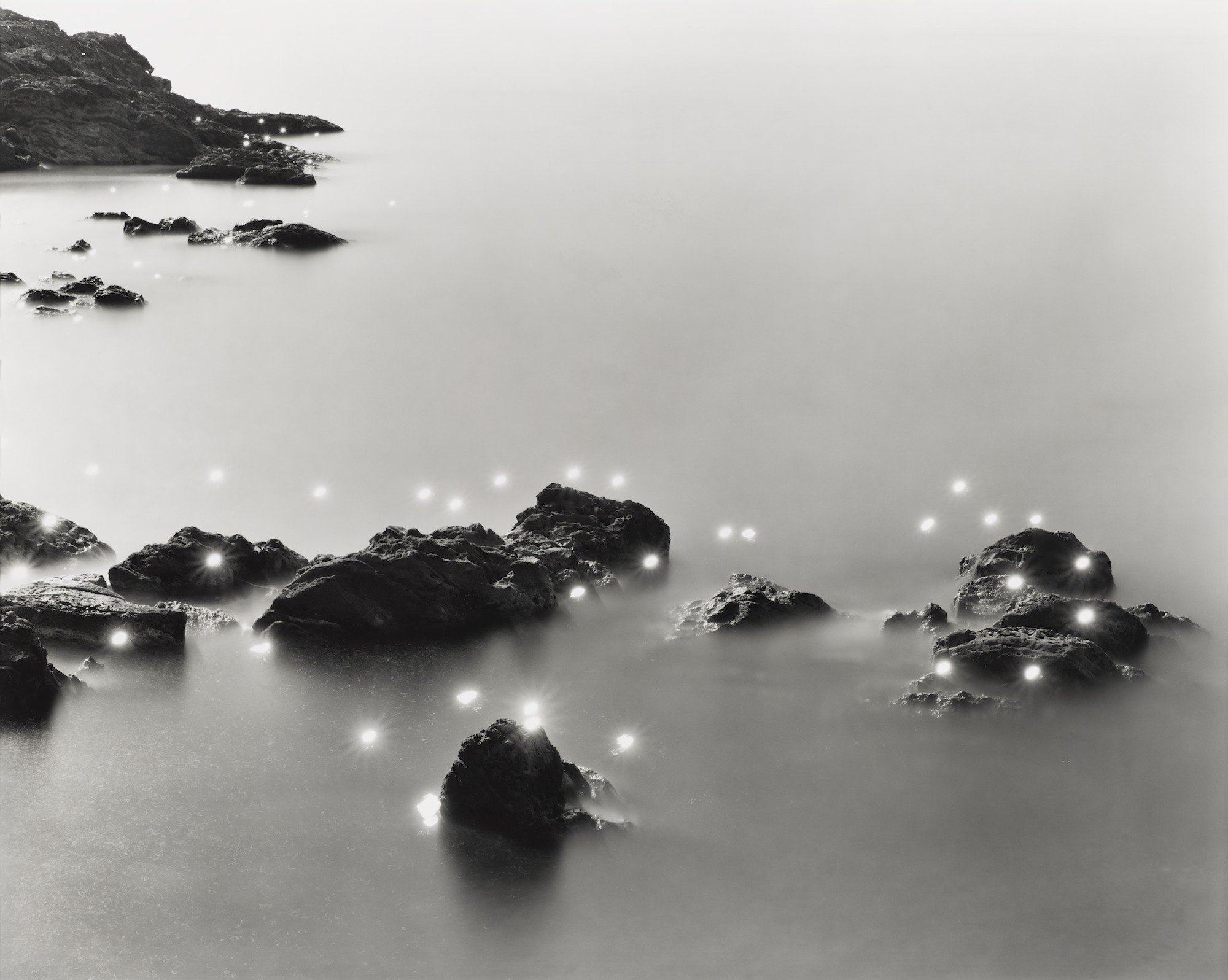Time Present
Photography from the Deutsche Bank Collection
10 Jun 2020 - 22 Feb 2021
The exhibition Time Present with works from the Deutsche Bank Collection at the PalaisPopulaire, is devoted to international photography from the 1970s to the present. The show examines how artists deal with time and the basic questions of photography: What different levels of reality and time does a photograph capture? Does it actually depict a certain moment? Is what is seen in a photograph present or past, reality or imagination? Time Present documents how photography has expanded as a critical medium since the 1960s in conjunction with performance, film, conceptual art, media theory, and politics. At the same time, there are repeated references to painting and art history. The link between time and contemporary events provides the framework for examining the history of the Deutsche Bank Collection from various perspectives.
The spectrum of the exhibition ranges from “classics” of contemporary German photography, including Bernd and Hilla Becher, Andreas Gursky, and Candida Höfer, who were already collected in the 1980s and early 1990s, to young photographic art from Africa, Eastern Europe, the Middle East, and China, which today is helping to shape the collection. An important aspect is the critical view of non-European artists such as Yto Barrada, Mohamed Camara, and Kader Attia of the Western-dominated art canon. And another revolution is also reflected: The Instagram art of the Argentinean Amalia Ulman shows how photography has been democratized by digital technologies, as well as the extent to which the manipulation and distribution of images impacts our daily lives. In the course of the four decades in which photography has been collected in the Deutsche Bank Collection, not only has the medium changed radically, so has global society. Time Present also documents this.
The spectrum of the exhibition ranges from “classics” of contemporary German photography, including Bernd and Hilla Becher, Andreas Gursky, and Candida Höfer, who were already collected in the 1980s and early 1990s, to young photographic art from Africa, Eastern Europe, the Middle East, and China, which today is helping to shape the collection. An important aspect is the critical view of non-European artists such as Yto Barrada, Mohamed Camara, and Kader Attia of the Western-dominated art canon. And another revolution is also reflected: The Instagram art of the Argentinean Amalia Ulman shows how photography has been democratized by digital technologies, as well as the extent to which the manipulation and distribution of images impacts our daily lives. In the course of the four decades in which photography has been collected in the Deutsche Bank Collection, not only has the medium changed radically, so has global society. Time Present also documents this.

